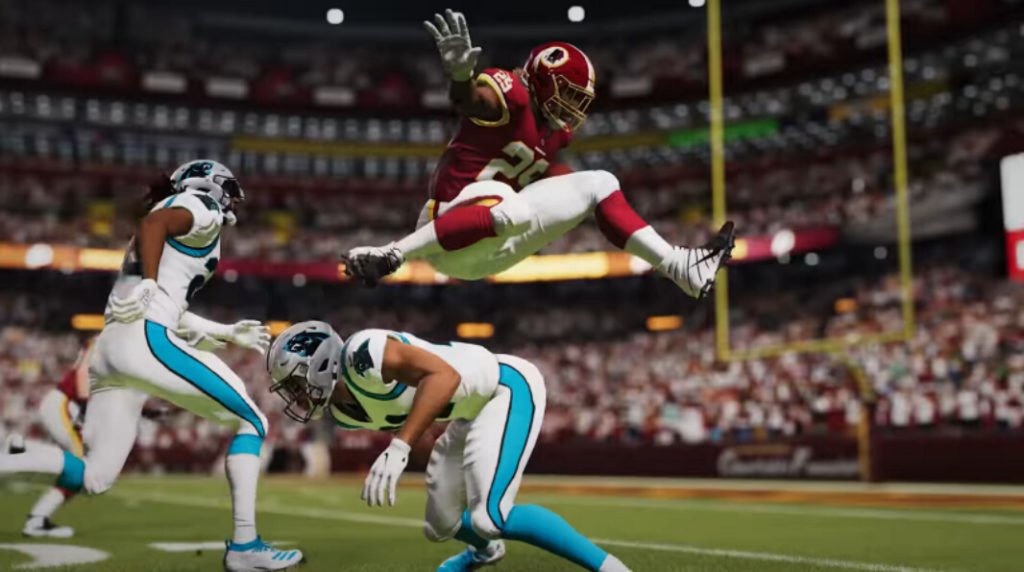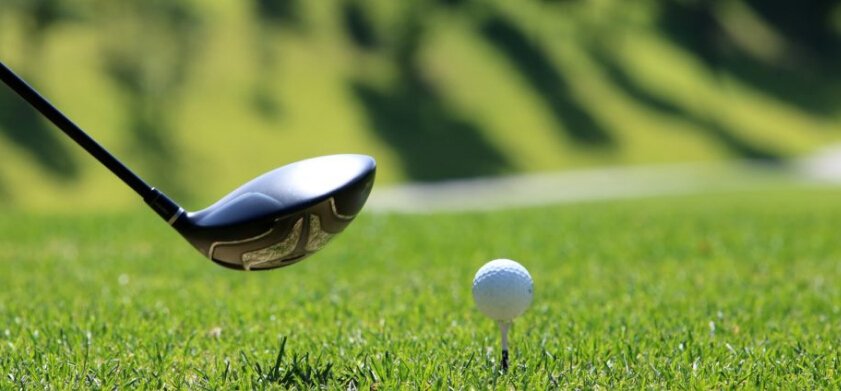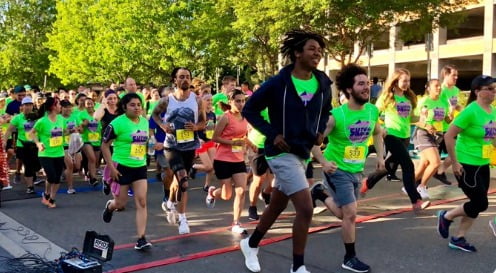Recently, the National Football League (NFL) has installed radio frequency identification (RFID) tags on the shoulder pads of football players. Through the label, the audience and the referee can understand the athlete’s trajectory and state of motion. In fact, RFID tags have been used in many sports.

The tags added by the NFL for athletes include motion sensors. The audience can intuitively understand the athlete’s speed and acceleration, and thus understand the impact force during the collision: these data will make the game more exciting.
The trajectory of motion allows the referee to better judge whether the athlete fouls. Rugby has strict rules for player positions, and there are also rules for offside. In the past, the judgment method was to judge by the camera and the human eye, but now it is possible to see the position of the athlete directly from the computer. Through the software, the computer can even directly prompt the referee whether the athlete is fouling.
 NFL Media Strategy Vice President Vishal Shah said: “Zebra’s tracking technology can help the team further optimize the training content, and specify a more reasonable offensive route and transportation trajectory according to each player’s ability. Finally, for our team and sponsors build a bridge of communication with the fans.”
NFL Media Strategy Vice President Vishal Shah said: “Zebra’s tracking technology can help the team further optimize the training content, and specify a more reasonable offensive route and transportation trajectory according to each player’s ability. Finally, for our team and sponsors build a bridge of communication with the fans.”
Golf
The TopGolf golf course in Texas uses RFID technology to display players’ performance in real time. The solution uses passive EPC Gen 2 ultra-high frequency (UHF) RFID technology to measure the distance the ball moves while recording the score for each player. The tag tracks 200,000 golf balls, and this process includes 548 drop points.

As golf occupies a large area, it is difficult to know the position of the athlete’s ball immediately after it hits the ground, let alone let the spectators see the movement track. However, after installing RFID tags in the golf ball, spectators and athletes can see the ball’s trajectory in real time, and can immediately find the landing place. Through the motion sensor, people can also understand the strength of the athlete’s hitting the ball.
Track and field competition
The 1994 Berlin Marathon was pioneered by Champion Chip in RIFD. The athletes have electronic tags with personal information. By setting the starting point and ending point, the organizer can collect information through data collection points. Since then, various road races, ski races, and decathlons have used this technology, and the timing efficiency can be greatly improved.

At present, high-level track and field competitions use laser rangefinders to measure distance, but the referee still has to judge the first landing location at the moment when the throwing object hits the ground, there will still be human error. If RFID tags and acceleration sensors are implanted in objects such as shot puts and javelins, then the system can determine the point of impact in the first time.
In addition, RFID technology is also very well applied in various ball games, but it takes a lot of investment to make this type of technology work. In the case of golf, multiple data collection points must be installed on the course. If you want to install sensors, how to charge these sports equipment is also a problem. Many people use RFID technology as an anti-lost tag, but it is undeniable that this technology has found a better way out in the sports world.





